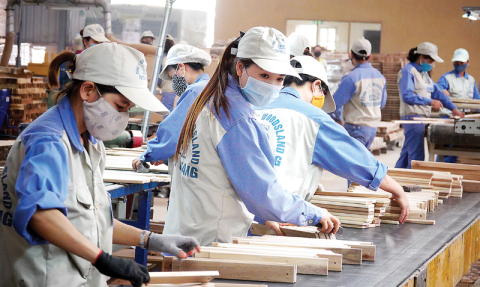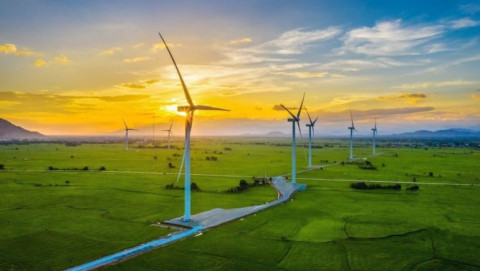Practical applications of carbon credits in the economy. Part X: Exploiting carbon potential in intensive agriculture
- 190
- Socially Responsible Enterprise
- 15:16 05/07/2024
DNHN - Intensive agriculture is a crucial method in meeting the increasing food demand and protecting the environment. However, this method holds significant potential for exploiting carbon credits, contributing to the fight against climate change.
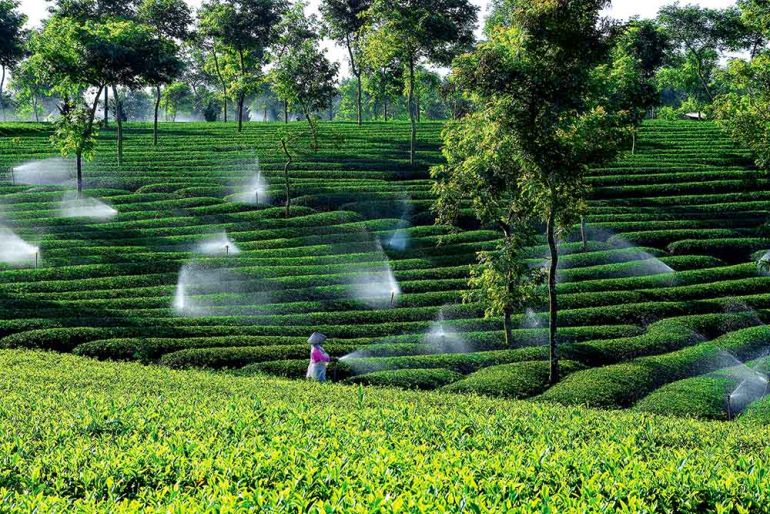
Potential of carbon credits in intensive agriculture
Carbon credits are a means to reduce carbon dioxide (CO2) emissions and other greenhouse gases into the atmosphere. Carbon credits are generated through activities that reduce or produce fewer emissions. In agriculture, activities such as intensive farming can reduce carbon emissions and create a renewable resource.
Intensive agriculture contributes to reducing carbon emissions mainly through two methods: carbon sequestration and reducing the use of chemical fertilizers. Intensive agriculture employs planting and land management methods to enhance carbon absorption from the air into the soil. During photosynthesis, crops absorb carbon dioxide and convert it into organic matter, storing carbon in the soil. Simultaneously, reducing the use of chemical fertilizers in intensive farming also helps decrease carbon emissions from the production and use of fertilizers.
To exploit the potential of carbon credits in intensive agriculture, appropriate support and policies from government and non-governmental organizations are necessary. Policies and incentives can be established to encourage farmers to engage in intensive farming activities and reduce carbon emissions. These policies might include providing funding and preferential loans for farmers, promoting the use of organic fertilizers, and sustainable farming practices.
Furthermore, building a management and evaluation system for carbon credits in intensive farming is also crucial. Clear standards and procedures are needed to measure and determine the amount of carbon emissions reduced through intensive farming activities. Organizations that certify carbon credits can be established to inspect and certify intensive farming activities and provide carbon credits for trading and commerce.
Exploiting the potential of carbon credits in intensive agriculture not only brings environmental and climate change benefits but also creates economic opportunities for farmers.
Mr. Le Hoang The, Director of The VOS Ecosystem Co., Ltd., said that Vietnam is one of the leading countries in terms of carbon emission growth. The energy and industrial sectors account for a large proportion of Vietnam's emissions, and the country has significant potential for carbon credit supply in the future.
According to Mr. Hoang, developing sustainable, ecological, and organic agricultural production solutions will help Vietnam increase productivity while reducing greenhouse gas emissions, opening up broad economic prospects from selling carbon credits to the world.
Agriculture ready to adapt to carbon trends
According to the Ministry of Agriculture and Rural Development, carbon credit trading has become an advanced method implemented by many countries, creating a carbon market, also known as the greenhouse gas emission reduction credit exchange market. This market is where organizations buy and sell the amount of greenhouse gases reduced or absorbed. Participants can include commercial enterprises or international organizations, including financial institutions and businesses.
In recent years, Vietnam has successfully conducted carbon credit transactions, earning about $60 million. The Biogas Program in Vietnam's livestock sector has been widely implemented, with 181,683 biogas plants built, benefiting 1 million rural people.
Notably, last year, Vietnam's forestry sector successfully sold 10.3 million forest carbon credits through the World Bank, with a total contract value of $51.5 million. This is considered a significant step forward, helping reduce CO2 emissions and bringing substantial economic benefits to the country.
Vietnam is currently implementing the green economy program and the United Nations' commitment to combating climate change, aiming for net zero carbon emissions by 2050. Mr. The emphasized that to achieve this, Vietnam needs a large and professional workforce, especially in building the mandatory carbon credit market. These employees need to be trained with in-depth knowledge of verification mechanisms, documentation, reporting, and evaluation of various carbon credits.
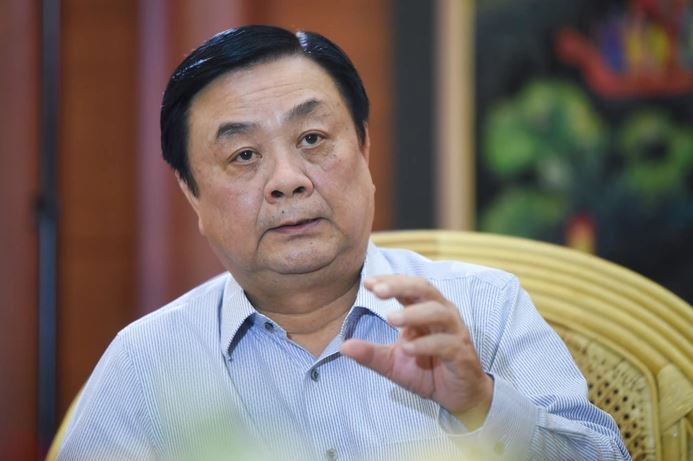
Minister of Agriculture and Rural Development Le Minh Hoan believes that a mindset change is needed to adapt to current global trends, where consumers not only buy products but also care about the production process.
“Applying stringent standards is essential for exporting agricultural products to demanding markets like the United States. For Vietnamese agriculture, production is not just about selling products but also about selling carbon credits, demonstrating progress and aiming for higher profits in the future”, said Minister Hoan.
The Minister emphasized that in the future, the carbon credit trading market will develop robustly. Therefore, Vietnamese agriculture needs to be ready to adapt to this trend to seize opportunities and maximize economic benefits from agricultural production activities.
Nghe Nhan
Related news
- Practical applications of carbon credits for the economy. Part IX: Carbon trends in the future of agriculture
- Practical applications of carbon credits in the economy. Part VIII: Opportunities for exporting green products to the world
- Practical applications of carbon credits for the economy. Part VII: Enhancing national image in the fight against climate change
#environmental protection
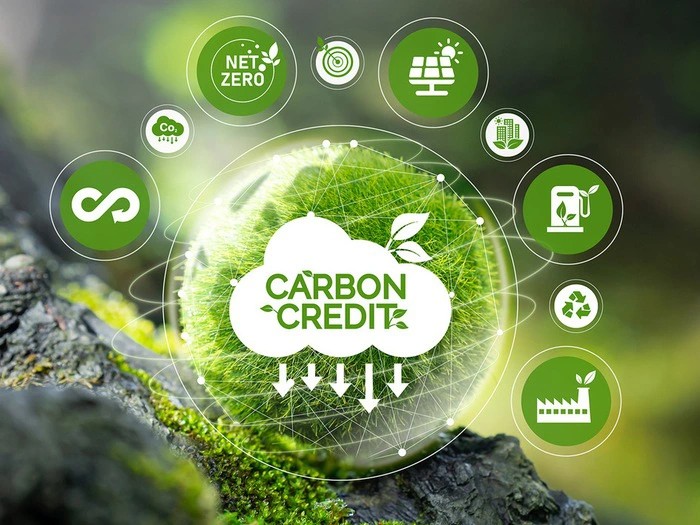
Reducing greenhouse gas emissions and carbon market development to fulfill COP 26 commitments
Vietnam aims to reduce greenhouse gas (GHG) emissions and develop a carbon market, aligning with its COP 26 commitments. This requires close coordination and comprehensive solutions from all sectors and communities.

What can be learned from VinFast's success after becoming the best-selling car brand in Vietnam?
VinFast's market-leading sales in Vietnam in September marked a major turning point, as a domestic electric vehicle brand outpaced international competitors.
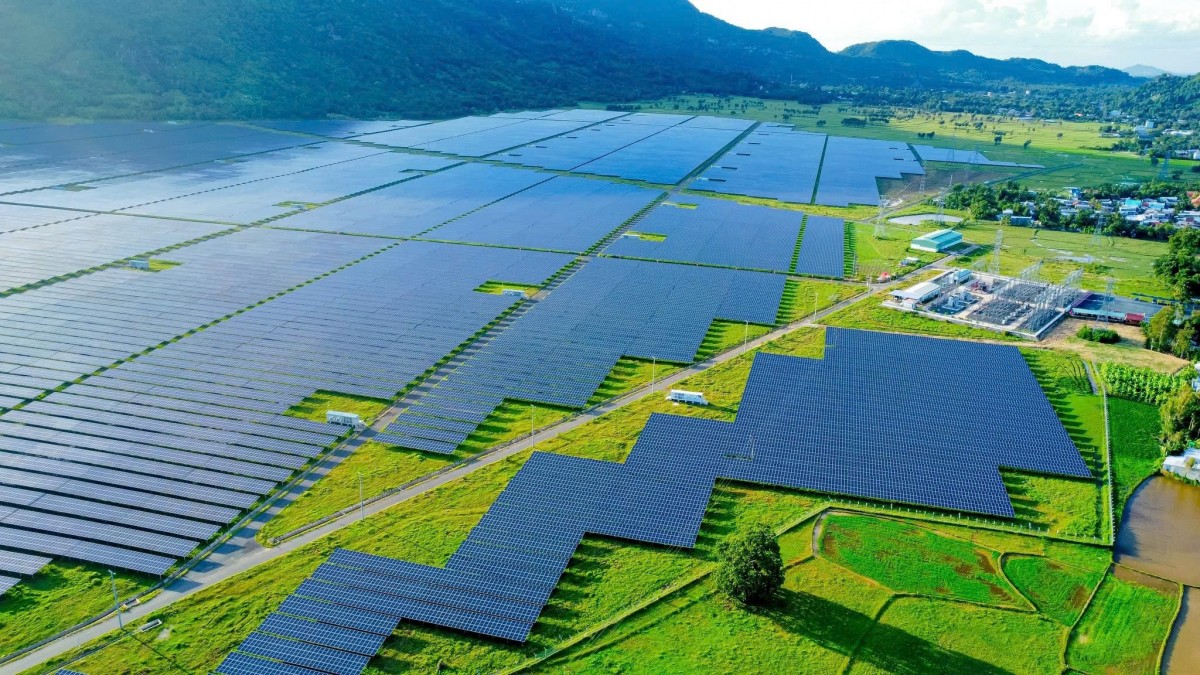
Nurturing life for the future with clean energy
Vietnam has just endured Typhoon No. 3, leaving behind a trail of destruction and loss that makes us all feel small against Mother Nature. It is time for a change, time to nurture and protect our living environment.
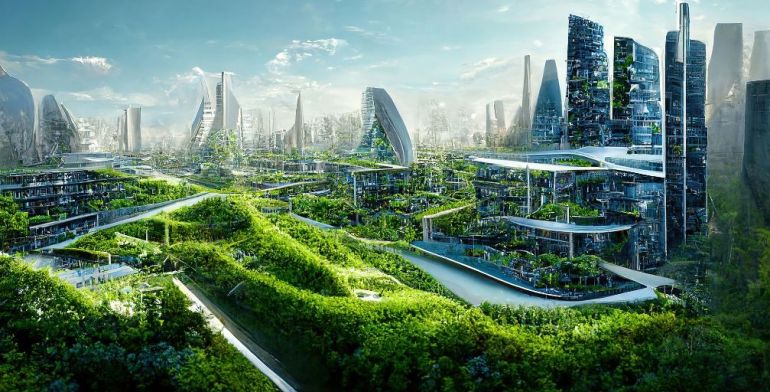
Practical applications of carbon credits in the economy. Part XXI:Carboncor Asphalt - An effective solution for Vietnam to achieve net zero emissions
Vietnam is actively implementing green construction solutions to achieve the goal of net zero emissions by 2050. These solutions reduce greenhouse gas emissions and support sustainable development in the construction industry.
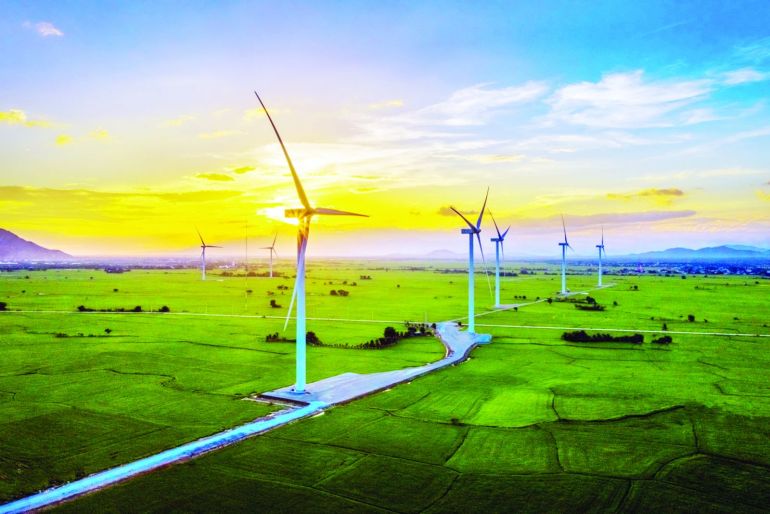
Practical applications of carbon credits in the economy. Part XI: Bridging policy and strategy for the carbon credit market
To develop the carbon credit market, the Government and businesses must improve cooperation and communication. The Government needs to provide clear policies, while businesses must adopt emission reduction strategies and leverage carbon credits.

Yen Bai: Implementing the plan to manage and eliminate ozone-depleting substances and greenhouse gases
The People's Committee of Yen Bai province has just issued document No. 3005/UBND-TNMT on the implementation of the National Plan for the management and elimination of ozone-depleting substances and controlled greenhouse gases.
Đọc thêm Socially Responsible Enterprise
When artists do business – livelihood is no poetry!
A series of indictments, arrests, and bankruptcies among artists has sounded a serious alarm.
Hanoi’s economy grows 7.92% in first nine months of 2025, FDI surges nearly threefold
Hanoi maintained robust growth momentum in the first nine months of 2025 with GRDP up 7.92% year-on-year, driven by strong services and construction sectors.
Vietnam’s strong gdp growth fails to ease labor market distress
As the year draws to a close, the pressing challenge for businesses and policymakers is how to rebuild worker morale, retain top talent, and stabilize employment amid lingering uncertainty.
Vietnam ramps up efforts to lift EU “Yellow Card” on Illegal fishing
Prime Minister Pham Minh Chinh has called for intensified and coordinated efforts to have the European Commission’s “yellow card” on Vietnam’s fisheries removed within this year.
Quang Tri calls for investment in wind power plant project worth over VND 1,100 billion
The People’s Committee of Quang Tri Province has officially announced the Hưng Bắc Wind Power Plant Project as part of its investment invitation portfolio.
Hanoi receives two million visitors during the four-day National Day holidays
From August 30 to September 2, Hanoi received around 2.08 million visitors during the four-day National Day holidays , three times higher than the figure in the same period last year, the municipal Department of Tourism reported.
Ca Mau gradually makes its mark on the national tourism map
By 2025, Ca Mau aims to attract 8.4 million visitors and achieve a total revenue exceeding 8,585 billion VND, contributing to the province's double-digit growth target.
UNDP Resident Representative hails Vietnam as an emerging economic powerhouse
Millions of people have been lifted out of poverty, hunger has been eliminated, and the economy has maintained consistent growth rates of over 6 per cent, UNDP Resident Representative in Vietnam Ramla Khalidi remarks.
Alpha Books Chairman Nguyen Canh Binh: The survival weapons of Vietnamese entrepreneurs in the age of AI.
Alpha Books Chairman Nguyen Canh Binh shares three essential lessons to ensure the survival and growth of Vietnamese entrepreneurs in the digital age: creativity, connection, and collective intelligence.
Mr. Le Viet Thang, CEO of 1Office: "Don’t use old solutions for new ai challenges"
As artificial intelligence (AI) reshapes the global technology landscape, Vietnam is taking decisive steps to establish a National AI Research and Development Center, alongside the National Data Center.




